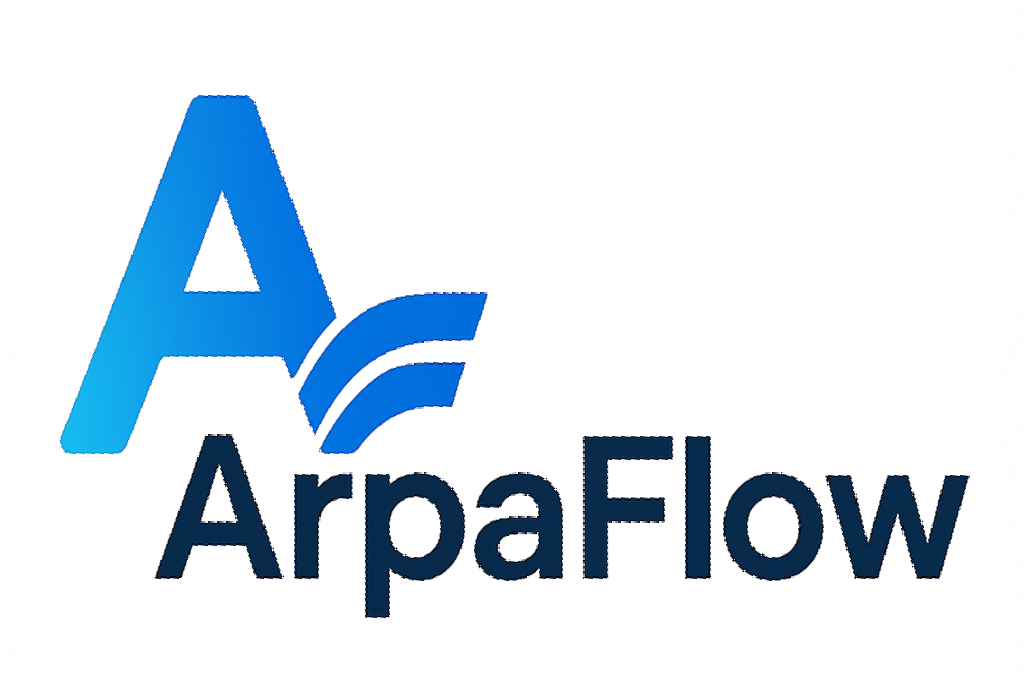
Templates
Overview
Templates are specialized Inventor components designed to automate the creation of new parts and assemblies. Unlike static or library components, templates are highly configurable, containing user parameters, rules, and configuration forms that allow each new instance to be uniquely shaped, sized, and described. Templates are the foundation for rule-driven design, batch automation, and rapid prototyping in Inventor projects.
Template Definition and Configuration
Templates are stored in dedicated Template Folders and are configured with:
- User Parameters: Control the size, shape, and features of the component.
- Rules: Triggered by parameter changes, rules automate configuration, part numbering, color assignment, and more.
- Configuration Forms: Allow users to interactively set parameters and options when placing a template in an assembly.
- Automated Part Numbering: Code within the template generates unique part numbers and descriptions based on parameters.
When a template is added to a document, a new unique component is created with a prefix and numeric index. If configured, the template’s form will launch automatically for user input.
Automation and Command Interactions
Templates support advanced automation and interact with several commands:
- Add: Copies the template and all non-static, non-library nested components to the project workspace, creating a new instance.
- Copy, Copy 1, Copy To: Duplicate or move template components, respecting static/library file rules.
- Replace New, Replace New 1: Replace components using templates, ensuring only unique/configurable parts are copied.
- Template Rules: Propagate rule updates from templates to matching components in the assembly.
Static and library files referenced by templates are not copied, but remain referenced from their original location. See Static and Library Files for details.
Advanced Scenarios and Examples
Configurable Ductwork: Use a ductwork template with user parameters for length, width, and features. Each new duct is uniquely configured and automatically numbered.
Batch Rule Updates: When a rule is revised in a template, use Template Rules to update all matching components in your assembly, ensuring consistency and reducing manual effort.
Vendor-Specific Templates: Store vendor templates in dedicated folders for easy updates when vendor designs change.
Rapid Prototyping: Use templates to quickly generate multiple design variants by adjusting parameters and rules.
Best Practices
- Store all templates in a root template folder with "Template" in the path for easy identification and automation.
- Organize templates by category, vendor, or project type for efficient management.
- Include all necessary subcomponents within the template folder path.
- Use configuration forms for interactive parameter input and design flexibility.
- Regularly review and update templates to reflect design changes and best practices.
- Document your template structure and update process for team consistency.
Troubleshooting and Reference Integrity
- If a template does not behave as expected, check parameter and rule configuration.
- For broken references, verify that all subcomponents are present in the template folder or correctly referenced as static/library files.
- Use logs from commands to track which templates and components were processed, updated, or skipped.
- After project migration, update template folder paths and references as needed.
Typical Template Contents
- User Parameters dictating size and shape of component features.
- Rules that are triggered on parameter value changes that provide additional configuration.
- ShowPlanes rule and parameter to toggle planes in the component.
- Color parameter and SetColor rule to modify the component color.
- SetPartNumber rule that sets the component part number and description based on parameters, triggered on any User parameter change.
Summary
Templates are the backbone of rule-driven, automated Inventor design. By leveraging user parameters, rules, configuration forms, and best practices for folder organization, you can streamline component creation, batch updates, and design refreshes. Templates support advanced workflows, team collaboration, and long-term project success.